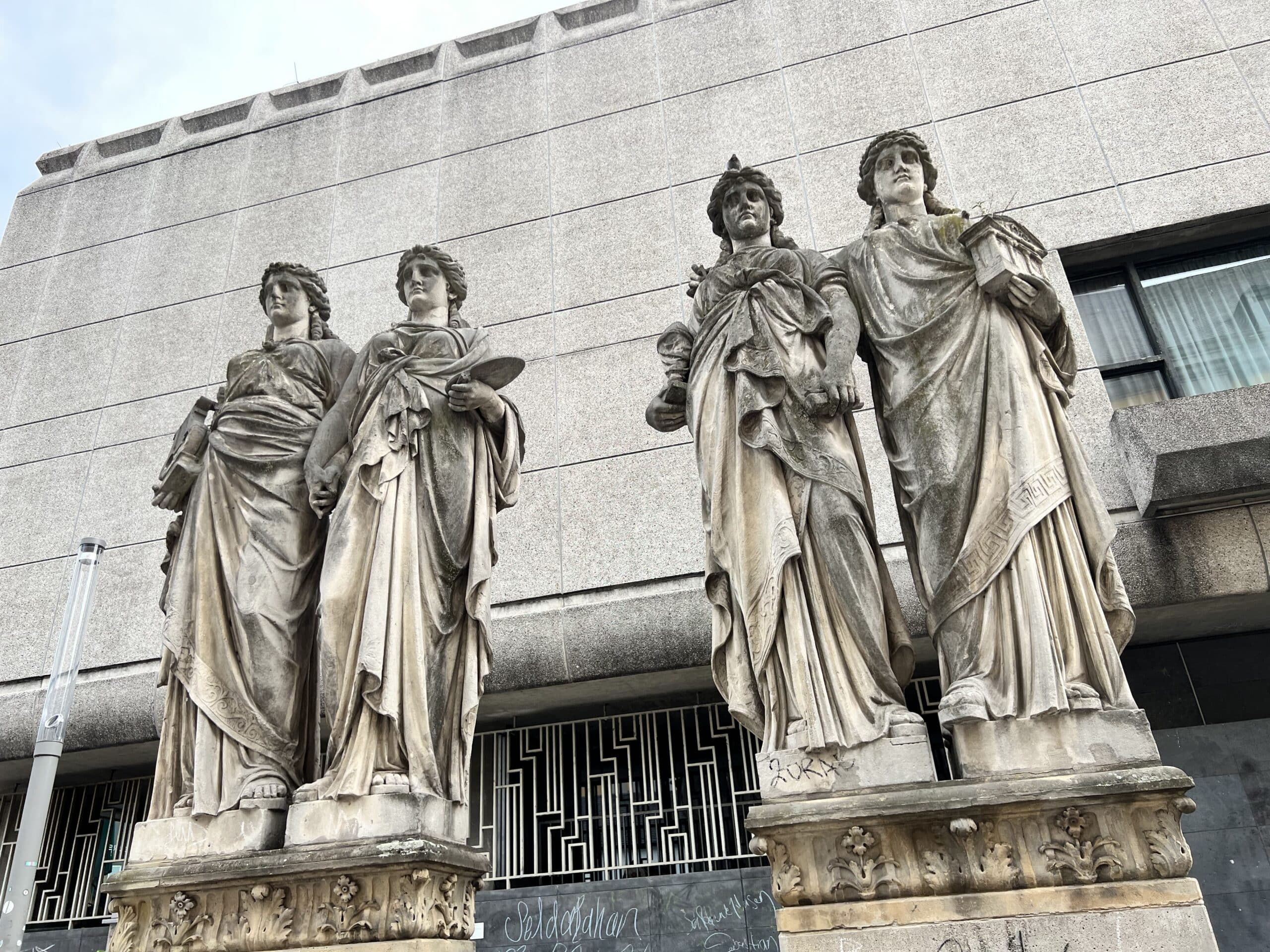Teams, tales and tips – a guide to the local game
Germany’s motor city of Stuttgart is home to VfB Stuttgart, five-time title-winning football power of south-western Germany. Until recently known as the Mercedes-Benz-Arena, their stadium is set in the old spa suburb of Bad Cannstatt, a leafy recreation area by a bend in the Neckar river that lent the venue the first of its post-war names.
The Neckarstadion was where West Germany played their first post-war international in 1950 and, 40 years later, a celebratory match to mark Reunification, each time against Switzerland.

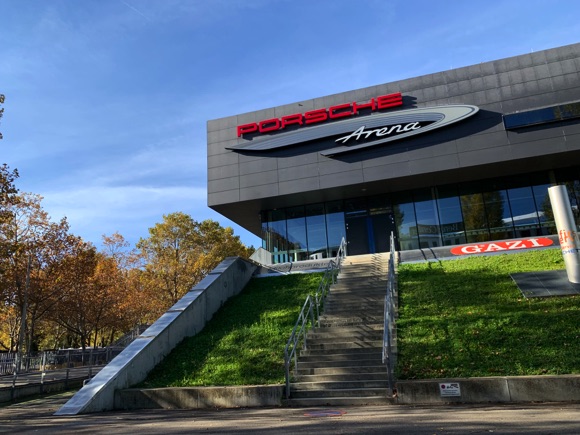
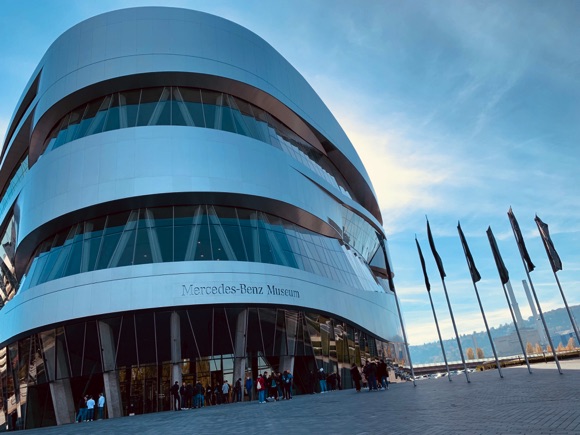
It was in Bad Cannstatt, at the former Concordia Hotel, that city flagship club VfB were founded in 1912, an amalgamation of Stuttgarter FV and Kronen-Club Cannstatt. Both were multi-sports clubs who mainly concentrated on rugby. FV themselves were founded at Zum Becher, then a hotel, now a restaurant close to the main train station.
Once established, VfB became the second-most successful club in the regional league for Württemberg-Baden. Top dogs during this pre-Nazi era were city rivals Stuttgarter Kickers, also formed at the turn of the last century, and who also rejected rugby.
Die Blauen, now in Germany’s third tier, enjoyed a short period of success between 1987 and 1991, with an appearance in the German Cup final and two short stints in the Bundesliga.



That proved the last time Kickers and VfB crossed paths. Kickers play at the Waldau-Stadion, or Gazi-Stadion auf der Waldau, near Stuttgart’s TV Tower, accessed from the Waldau stop on the U7 and U8 lines, or Ruhbank (Fernsehturm) on the U15 line.
After the war, VfB came into their own, earning major success in the early 1950s, the 1980s and 1990s. An unexpected title win in 2007 broke the Bayern monopoly. While VfB haven’t yet repeated the feat, they were expected to be top-half Bundesliga finishers every season until a recent stint in the Zweite.
Stuttgart continues to host international fixtures: Euro 2024 will be the fourth major finals here, after the six games staged for the 2006 World Cup. Two European Cup finals have produced two goals, both by Real Madrid against Reims in 1959. The 0-0 draw between eventual winners PSV Eindhoven and Benfica in 1988 is probably best forgotten.



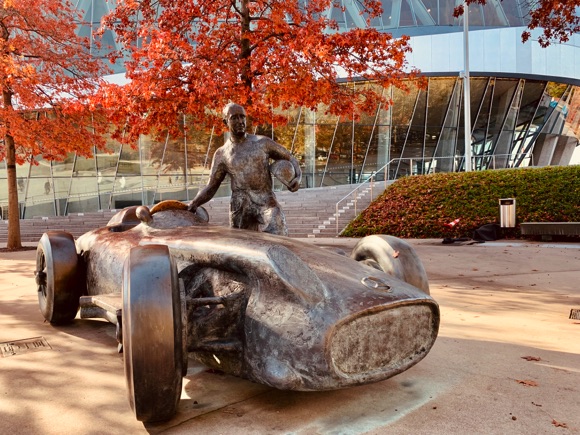
Getting Around
Arriving in town and local transport


Stuttgart Airport is 13km (8 miles) south of the town centre, served by S2/S3 S-Bahn trains that leave from just below Terminal 1 for the main train station (every 15mins, journey time 30mins, single €3.60/day ticket €10.10). A taxi (+49 711 55 10 000) should take 15mins and cost about €30.
The station is at the northern edge of the mainly pedestrianised city centre, the stadium north-east, over the river in the recreation zone of Bad Cannstatt.
The city transport network consists of U-Bahn trains, S-Bahn trains, trams and buses. A single ticket is €2.20, €1.20 for a short journey (Kurzstrecke) such as the one from the Hauptbahnhof to Bad Cannstatt. A day ticket is €6.30.
Where to Drink
The best pubs and bars for football fans











It’s hard to define any bar quarter of central Stuttgart but the streets either side of the ring road near transport hub Stadtmitte are a good place to start.
By day, the Paulaner am alten Postplatz attracts thirsty visitors to a pretty Baroque mansion dating back to 1747, where hulking portions of pork are devoured in an open courtyard. Nearby, Sophie’s Brauhaus operates along similar lines, a sturdy, honest pub with food the focus, a maxiscreen installed for tournament summers.
Beside the Hotel Royal, the Pils-Pub Alt Stuttgart is a major football haunt, open from mid-morning until way past midnight, screening games and serving a range of beers, including a daily discounted one advertised outside.
Alongside, Biddy Earlys is the most central of the Irish faux pubs, a popular spot offering TV sport, live music and midweek karaoke. Across the main junction of Fritz-Elsas-Straße and Theodor-Heuss-Straße lies the city’s main late-night vortex. A stretch of nightspots includes the football-friendly One Table Club and party-centric 7grad.
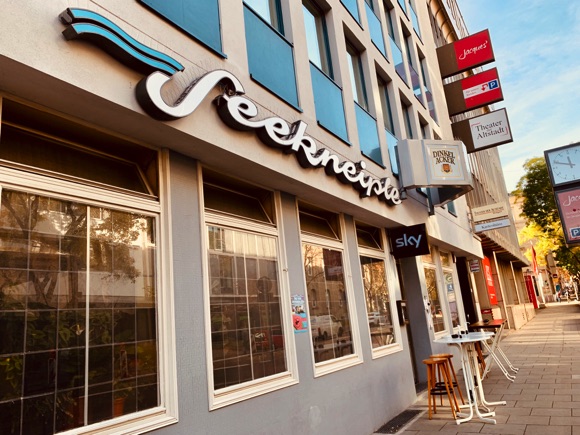








Nearby, on Rotebühlstraße, Greek-run Seekneiple has character in spades, the tone set by seen-it-all bar staff who oversee an ever-changing tableau of unusual regulars. A must on VfB days. Next door, the Sportcafé Carambolage, evening-only during the week, open in time for halb vier on Bundesliga Saturdays, encourages you to linger with its 13 Brunswick pool tables, eight dart machines, table football and TV screens aplenty.
A varnished wood interior seals the deal, along with a leafy little beer garden and Schönbuch beer from nearby Böblingen. The 200-year-brewery also has its own large Brauhaus on Bolzstraße, near Börsenplatz U-Bahn.
Back in west Stuttgart, just off Rotebühlstraße, O’Reilly’s is the best of the Irish pubs, a notch above in comfort, food and drinks – note the draught Alpirsbacher beer amid the Guinness and Kilkenny. Sport here means sponsoring the local hurling and rugby teams as well as screening matches.
They opened Next Door in 2019 to offer craft ales and select spirits. Opposite, Laternchen has taken over from the excellent Zehn Biere, removing the football scarves but still providing TV coverage and various pub games.
Away from the mainstream, a tiny knot of bohemian bars around Geißstraße includes stand-out DJ spot Transit/Bergamo, always packed, with several other savvy options close by if you can’t get in.
Where to stay
The best hotels for the stadium and city centre






The Tourist Office facing the train station can book hotels (and VfB match tickets). Stuttgart hosts major trade fairs all year, so check first.
The classic stadium hotel is the Hilton Garden Inn Stuttgart NeckarPark, slap next to the Mercedes-Benz Arena, a four-star with gym and sauna, where visits by Franz Beckenbauer and Hot Chocolate are commemorated in the lobby, along with a shirt signed by West Germany’s 1982 World Cup side. In-house Mike’s Urban Pub is a little less inspiring.
Nearby, the former spa resort and festival site of Bad Cannstatt is surrounded by hotels and guest houses, all a 10-15min walk from the stadium. Bright three-star attimo on Wildunger Straße contrasts with old-school options such as the Hotel Geissler on the next street over, Waiblinger Straße.






A little further away on Wiesbadener Straße, the Wiesbadener Hof is so traditional, it doesn’t even bother with its own website. Safe to say it’s a reliable, family-run lodging whose comfortable rooms have Sky channels.
A few houses up, the Hotel Spahr has just passed its half-century of hospitality and offers 24hr reception and bar.
Nearer the Neckar, the Krone offers comfortable, mid-range accommodation while by Bad Cannstatt station, Motel One has brought its turquoise-branded hotel/hostel hybrid to Stuttgart’s recreation zone.





In town, there’s plenty of choice near the station. When Bayern are in town, they stay at the luxury Steigenberger Graf Zeppelin, with its superb spa and soundproofed rooms. A few steps away, the comfortable, mid-range Hotel Rieker is worth it for the online price and location.
By Hauptbahnhof U-Bahn on Kronenstraße, the four-star Hotel Unger provides business travellers with a bright stay, balconies attached to many rooms and a lavish breakfast on offer, just steps from the station. Round the corner stands another Motel One, the Stuttgart-Mitte branch all funky, urban design in the communal areas.
To stay next door to a sports bar, close to many more drinking and dining options, the robust Hotel Royal on Sophienstraße has been welcoming guests since the mid-1800s.












